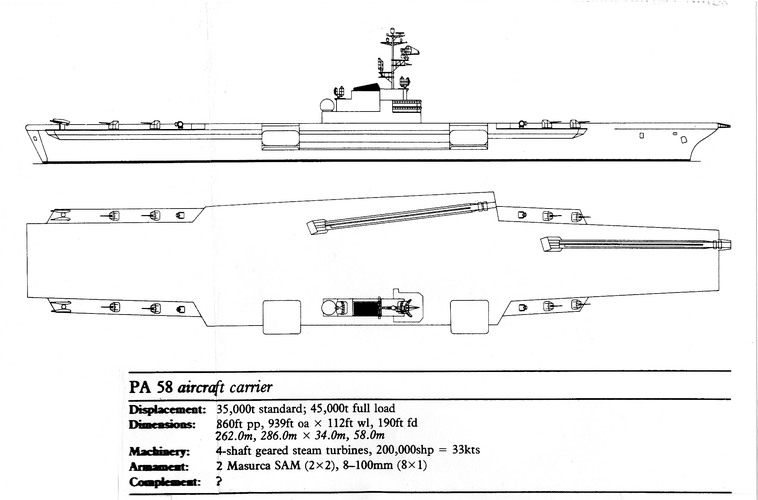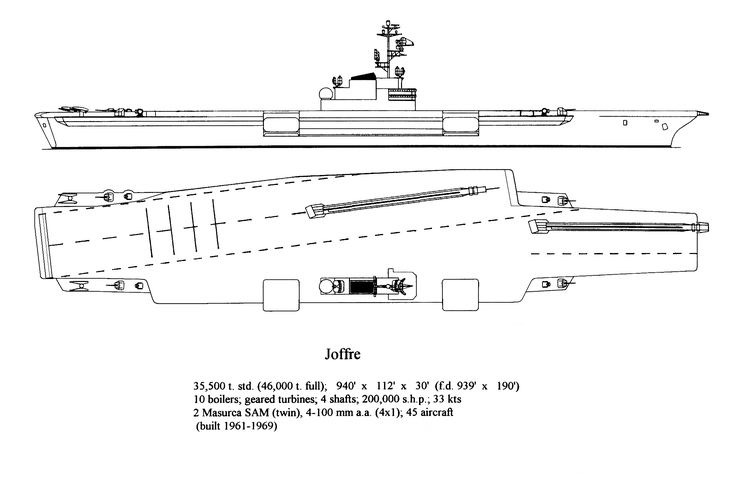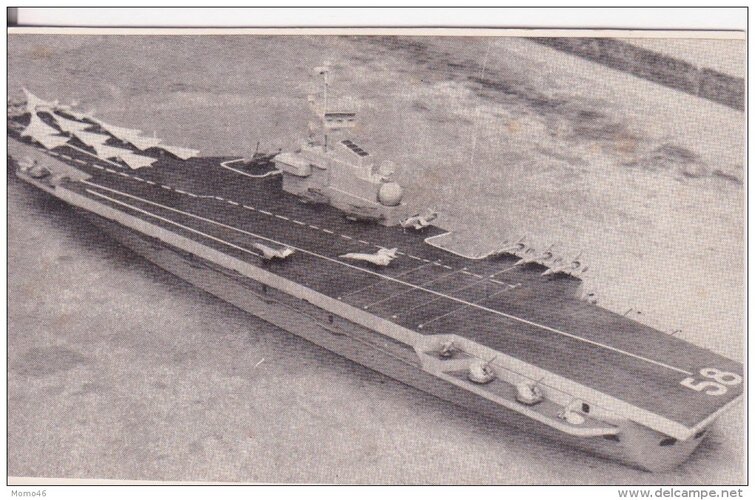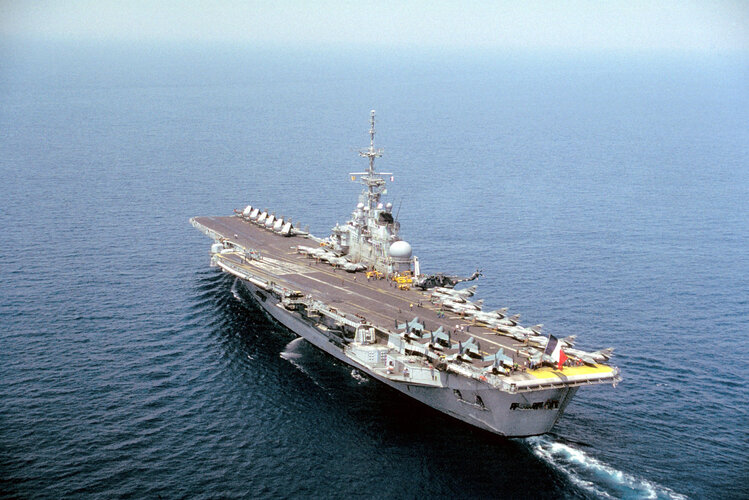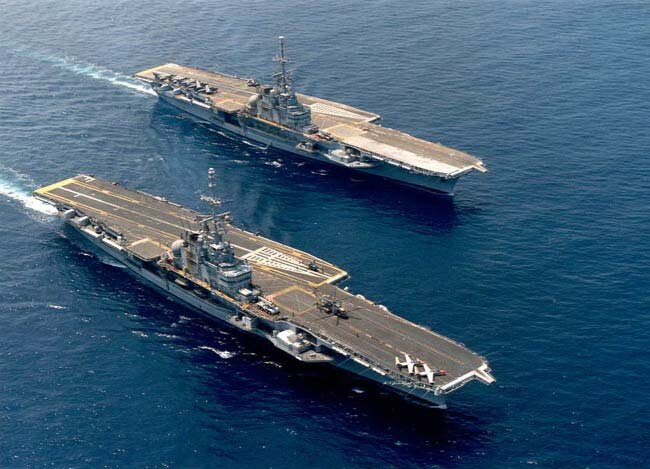- Joined
- 15 July 2007
- Messages
- 4,880
- Reaction score
- 4,533
It's unclear from resources I have, where the arresting engines were located. But we know from RN designs that systems protruded under the ceiling of the hanger. This is why Victorious with her Gallery Deck was such an improvement. No vlsmbering up ladders to precariously maintain equipment some above a hanger floor.On the other hand Clemenceau's hangar clearance was 23ft and CVA.01's was 18ft. Assuming that Verdun's was the same or greater that might cancel out the advantage of not having a gallery deck.
So in those designs it was offset by higher ceilings.
The good news was Clemenceau had her catapults located such they didn't impact ceiling height in the hanger.
Yet for the likes of the later F14, 25ft height was needed.
Intriguingly when looking at the figures for the 1960 trade off studies, it's apparent that ship hull height carries implications for having a gallery deck or deck edge lifts.
120ft beam and 85ft height equates to both.
112ft beam and 76.5ft height implies a choice.

